Greg Wise
Reviews By Author
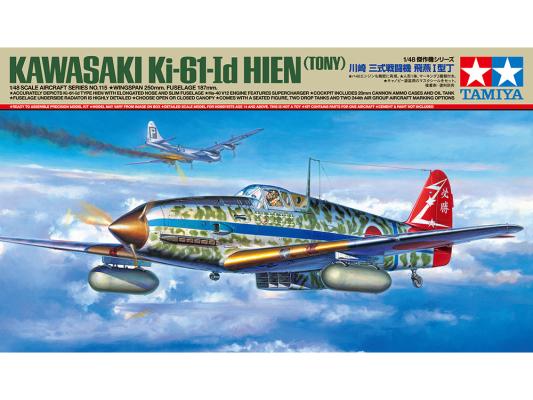
|
Kawasaki Ki-61-Id Hien (Tony)Published:
History BriefAllied code named "TONY", the Kawasaki Ki-61-Id Hien was officially adopted by the Imperial Japanese Army in 1943. It was different than its Japanese aircraft contemporaries, mainly because of its liquid-cooled Ha-40 engine in a slender fuselage with a long thin wing. Needless to say, it was and still remains an extremely attractive aircraft. Our subject featured an elongated nose to accommodate two 20mm cannons, plus it had 12.7mm wing mounted machine guns. With a production run of 1,360 units, it was the most produced Hien variant. The ProductMy sample arrived in the standard Tamiya box featuring attractive cover art. Inside I found an all new tool kit featuring a superb, highly accurate rendering. All parts are well packaged and free of… more |
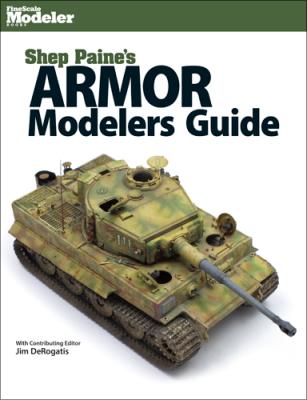
|
Shep Paine’s Armor Modelers GuidePublished:
The Introduction is appropriately named ‘The Legacy of Shep Paine’ written by Jim DeRogatis. These four pages offer a wonderful view into the late Sheperd Paine’s life’s work and modeling history. Many of us older modelers first became aware of Sheperd’s work through his tip sheets that came with select Monogram kits of the 1970's then later with Tamiya kits during the 1980's. Shep was also an avid military historian and collector of military artifacts. The book's contents are divided into two sections, 'The ‘Basics’ by Sheperd Paine and ‘Projects’ featuring eight projects by different modelers. The ‘Basics’ covers all the bases from the fundamentals in chapter one of ‘Assembling Armor Kits’ including a helpful ‘Parts of a Tank’ tutorial. Researching the subject, its… more |
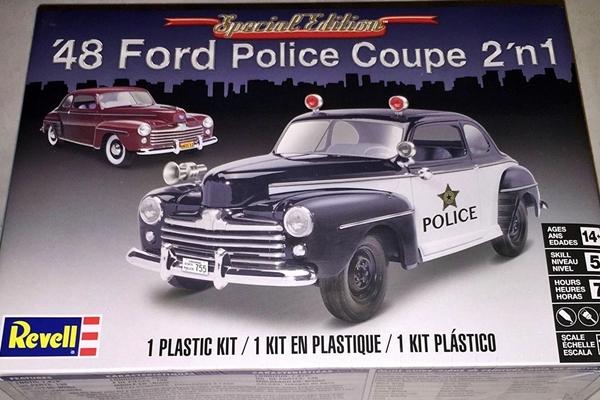
|
'48 Ford Police Coupe 2'n1Published:
History BriefThe 1948 Ford was the final year for a new design that began in 1941 with a completely updated, wider and more modern looking car. Shortly after the new car was introduced in 1941 however, Ford had to convert its factories to war production. It wasn't until 1946 that car production resumed. The Coupe came in 3 trim levels, this '48 model being the Super De Luxe version powered by a 239ci Flathead V-8 engine. Terms for police cars include (police) cruiser, squad car, area car and patrol car. In some places, a police car may also be informally known as a cop car, a black and white, a cherry top, a gumball machine. Depending on the configuration of the emergency lights and livery, a police car may be considered a marked or unmarked unit. Whatever you call… more |
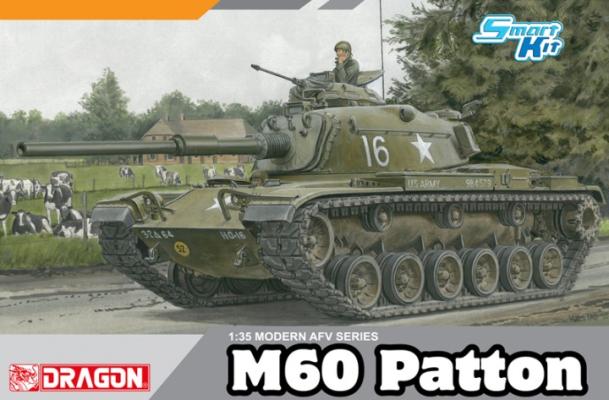
|
M-60 PattonPublished:
History BriefIn March 1959, the M-60 was officially standardized as the 105 mm Gun full tracked combat vehicle. Then in December 1960 the M60 Patton was introduced as the Army's main battle tank and became the primary tank during the Cold War. Bearing a strong resemblance to the M48 Patton and continuing in the namesake, the M60 series was a product-improved descendant of the M48 in the Patton tank series. Powered by a 750hp Continental, the V12 air-cooled twin-turbo charged engine gave the M60s had better range and fuel consumption than the M48s. The M60 underwent many updates over its service life. It was widely used by the U.S. and its Cold War allies and remains in service throughout the world today. More than 15,000 examples were eventually manufactured. The… more |
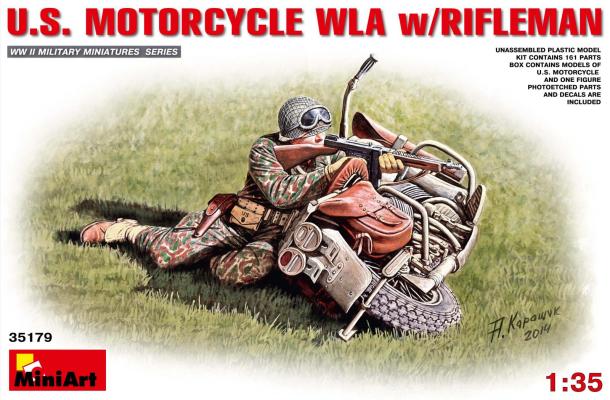
|
U.S. Motorcycle WLA w/ RiflemanPublished:
History BriefThe Harley-Davidson WLA motorcycle was nicknamed the 'Liberator' because it was used by U.S. soldiers liberating occupied Europe. Harley-Davidson began producing the WLA for the U.S. military in 1940, later entry of the United States into World War II saw significantly increased production, with over 90,000 being produced during the war. The US Army motorcycles were used for police and escort work, courier duties and scouting. They were almost never used as combat vehicles or troop mobility, it was a single-rider design and rarely equipped with sidecars commonly found on the German motorcycles. According to Wikipedia the model designation breaks down as follows:
|
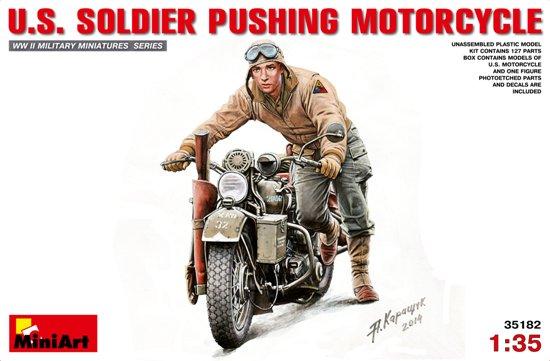
|
U.S. Soldier Pushing MotorcyclePublished:
History BriefThe Harley-Davidson WLA motorcycle was nicknamed the 'Liberator' because it was used by U.S. soldiers liberating occupied Europe. Harley-Davidson began producing the WLA for the U.S. military in 1940, later entry of the United States into World War II saw significantly increased production, with over 90,000 being produced during the war. The US Army motorcycles were used for police and escort work, courier duties and scouting. They were almost never used as combat vehicles or troop mobility, it was a single-rider design and rarely equipped with sidecars commonly found on the German motorcycles. According to Wikipedia the model designation breaks down as follows:
|
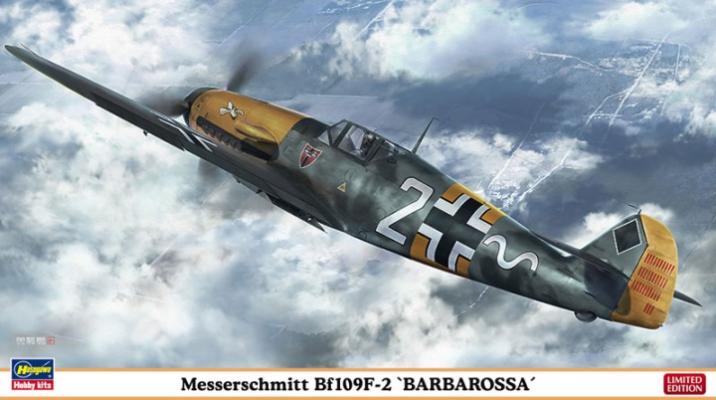
|
1/48 Messerschmitt Bf 109 F-2 "Barbarossa" Limited EditionPublished:
History BriefOperation Barbarossa, the famous German invasion of the Soviet Union, was the most titanic clash of arms in all history. The forces arrayed on each side numbered in the millions. The territory captured stretched from the Polish border to the doorstep of Moscow. Everywhere, the Luftwaffe roared overhead. The losses inflicted by the Bf 109 and its compatriots gave Germany total tactical air superiority and very nearly handed Hitler a victory in Russia. The ProductWhen first released in 1991 the old girl set the standard and has stood the test of time. It has been re-released many times over the years. The gray plastic is still almost flash free and lightly littered with pesky ejector pin marks. The clear parts are decent but showing their age, a… more |
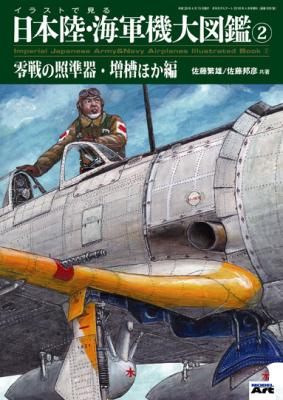
|
Imperial Japanese ARMY & NAVY Airplanes Illustrated Book 2Published:
With the text printed in Japanese, we are basically presented with a large picture book. Featuring extractions serialized in the Monthly Model Art magazine. Looking at the beautiful illustrations of the Japanese land, naval aircraft and the equipment one can easily tell it has been diligently researched with documented detail and precisely reproduced. I’ve listed a small sample of the topics:
… more |
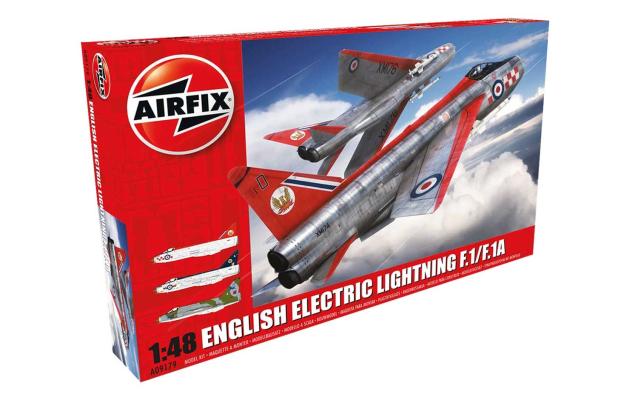
|
English Electric Lightning F.1/F.1APublished:
History BriefThe English Electric Lightning was designed and developed during the 1950s at the height of the Cold War era. The Lightning was the only all-British Mach 2 supersonic fighter aircraft, and it was the RAF's primary interceptor for more than two decades. The F1 version of the Lightning entered service in 1959, with the improved F1A in 1961. The Lightning’s uniquely stacked powerful engines provided the Lightning an incredible rate of climb, superb service ceiling, and top speed placing it well ahead of rival contemporaries. It was used by the Royal Air Force and the Royal Saudi Air Force, then finally retired in the late 1980s. The ProductFirst released in 1997, this kit has been reboxed several times by Airfix. This kit has also been… more |
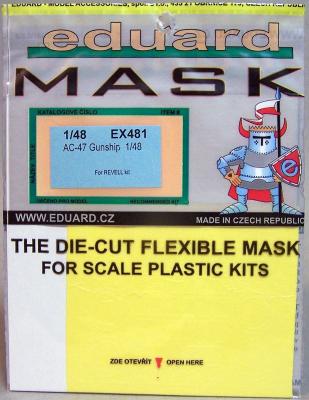
|
AC-47 Gunship Masking SetPublished:
This complete die-cut adhesive mask set is "just what the doctor ordered" to cure the masking blues. Especially if you’re building the Revell/Monogram AC-47 Gunship. This must have set includes: wheel mask, landing light mask, observation dome mask, windscreen panel mask, and exterior cabin window mask. The masking media used for this set is the typical high-quality product we’ve seen and used for years (very similar to Tamiya tape). The die-cut patterns fit perfectly to their respective proper location. They’re easily peeled away from the backing paper, and repositioning is just as easy. Preparation before painting is key to a nice looking model and masking plays a vital role in this preparation. The clean sharp edges of perfectly-fitting masking are hard to beat. After… more |
